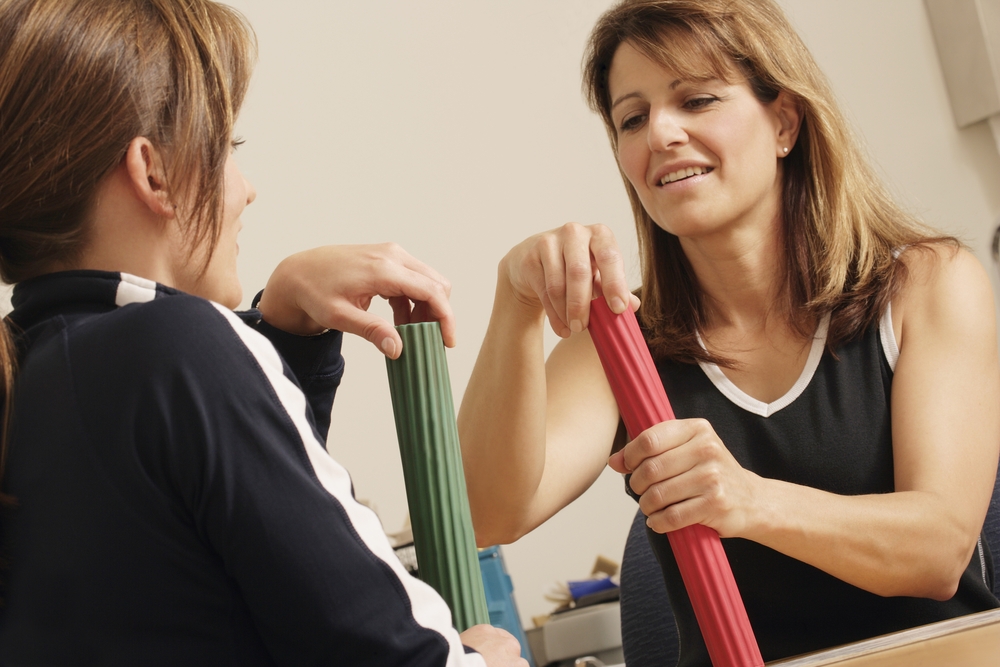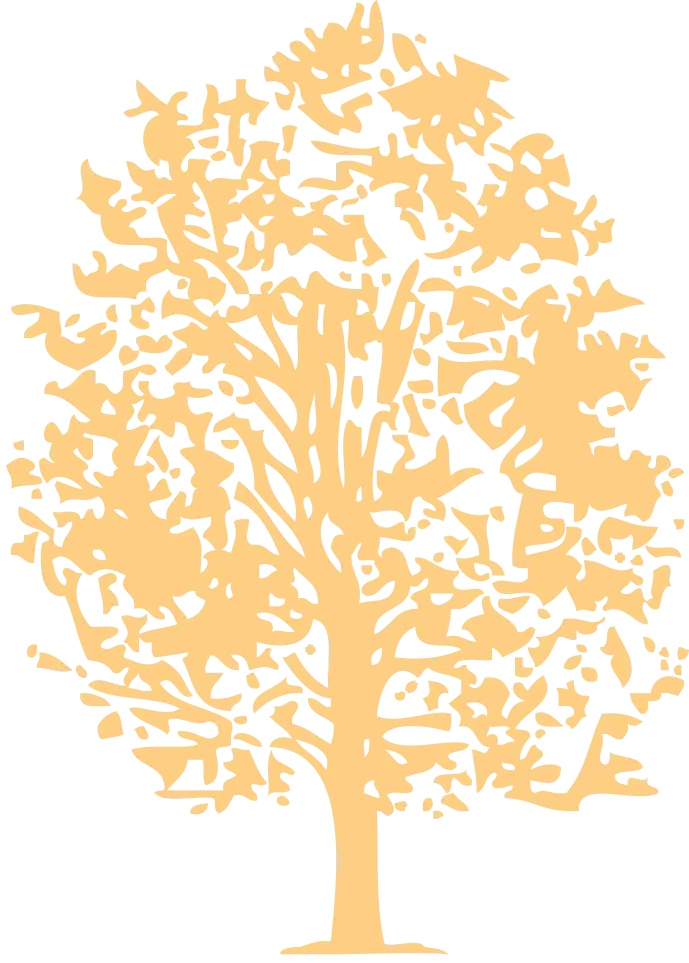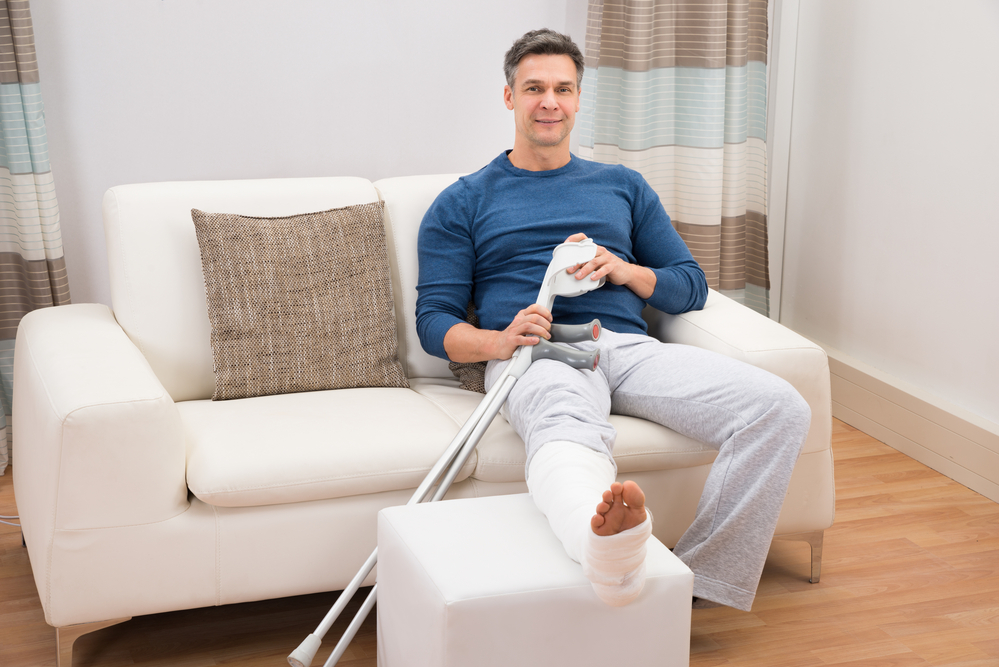
The Top 5 Benefits of Cardiac Rehabilitation
September 1, 2022
The Five Benefits of Occupational Therapy
October 18, 2022Injuries are common, whether at work or at home. In fact, an estimated 3 million people suffer a non-fatal injury every year. Although no one wants to suffer any form of injury, this incident is often inevitable. For this reason, having a piece of good knowledge about immediate care of injury comes in very handy.
This article post will explore some of the most common injuries that may occur in the workplace and how they might be treated.
Most common injuries and their causes
Strains – a strain is an injury to the tendon or muscle caused by overstretching. In worst cases, the muscles get torn, resulting in a more painful sensation. Strains are often caused by falls or excessive stretch from a sport-related activity.
Fractures – fractures are breakage in the bone. This can be a partial break or a total separation. A fracture can be further classified as close or open. An open fracture involves a wound, whereas a closed one doesn’t. Fractures are a result of a more forceful injury such as a crash or a hit and run. This can also happen from a fall from a higher area.
Closed wound – a closed wound is an internal injury to the tissues that do not result in external bleeding. This is most commonly seen in blunt trauma, which causes bruises.
Open wound – an open wound happens when an injury results in a break in the skin. Open wounds happen from a forceful open fracture or piercing and laceration from a sharp object.
Immediate care of injury
The approach for the initial management of an injury varies depending on the type of injury sustained. However, all of the approaches are geared towards the same goal of preventing further injury and keeping the injury contained until help arrives.
Here are some practical tips to take when a person is injured.
- Before rescuing an injured person, call for immediate help. Call someone nearby who can help or contact an emergency hotline (911). This will ensure that professional help will arrive in a shorter time.
- Secure that the area is safe. Do not rush to rescue an injured person; otherwise, you may also fall as another casualty. Carefully assess the area and observe for any possible threat first. Proceed only when the area is safe and secure.
- Assess the injured person. Check for any signs of bleeding or difficulty of breathing, such as shallow breaths and paleness.
- Do not attempt to move the injured person. This may worsen any possible injury that cannot be seen from the outside, such as spinal injury. Only do this if the person needs to be moved to a safer place.
- Do not push or straighten bones that are bent or broken. Leave this action to the experts because you may do more damage to the injury.
- Do not remove or pull an object that is pierced onto the injured person’s body part. This object acts as a tamponade to hold the bleeding, and removing this may cause excessive hemorrhage; if this is the case, best to wait for medical intervention.
Managing an injury
- Rest the injured part. Do not forcefully move the part as this may cause further damage to the surrounding tissues. Advise the patient to avoid moving the affected area and let it rest.
- Elevate the injured area. Elevating the injured part of the body will slow blood circulation, thus preventing excessive bleeding and swelling.
- Apply an ice pack or something cold. Cold also slows down the blood flow hence helping in reducing hemorrhage and swelling of the injury.
- Compress the injury. Apply pressure to the injury, especially if it is an open wound. The pressure will stop the bleeding and assist in the coagulation of the blood.
Injuries are not something we plan for, but they can happen to anyone. Knowing how to deal with injuries is crucial, and knowing the right first aid techniques could save a life or prevent someone from sustaining permanent injury. If you have recently experienced an injury and are in need of follow-up treatment, contact us at Maplewood of Sauk Prairie Health and Rehabilitation Center.
References:


